Crete Greek Mythology Link

PALACIO DE KNOSOS Greek islands, Crete, Greece travel
The history of Crete goes back to the 7th millennium BC, preceding the ancient Minoan civilization by more than four millennia. The Minoan civilization was the first civilization in Europe.

The Myths of Crete Still Spark the Imagination Greece Is
In Greek mythology, Minos ( / ˈmaɪnɒs, - nəs /; Greek: Μίνως, Ancient: [mǐːnɔːs] Modern: [ˈminos]) was a King of Crete, son of Zeus and Europa. Every nine years, he made King Aegeus pick seven young boys and seven young girls [1] to be sent to Daedalus 's creation, the labyrinth, to be eaten by the Minotaur.
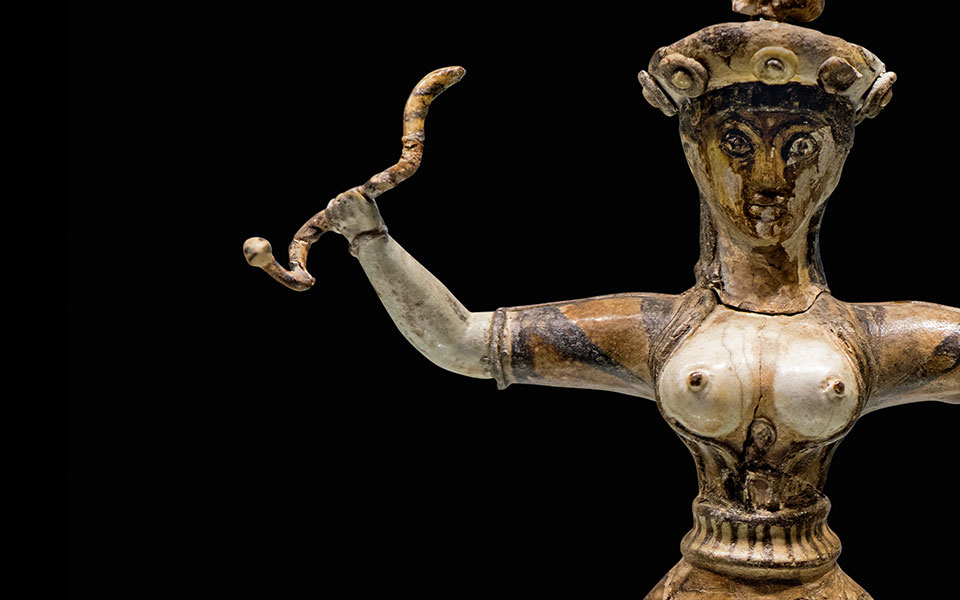
The Myths of Crete Still Spark the Imagination Greece Is
Crete is still full of ancient and mythical places to visit today, with the ruins of the Minoan palaces of Knossos and Phaistos, or the famous Archeological Museum of Heraklion, where many ancient relics, pottery, sculptures, and other Bronze-Age objects, coins, and gold pieces of jewelry can be seen. Link/cite this page
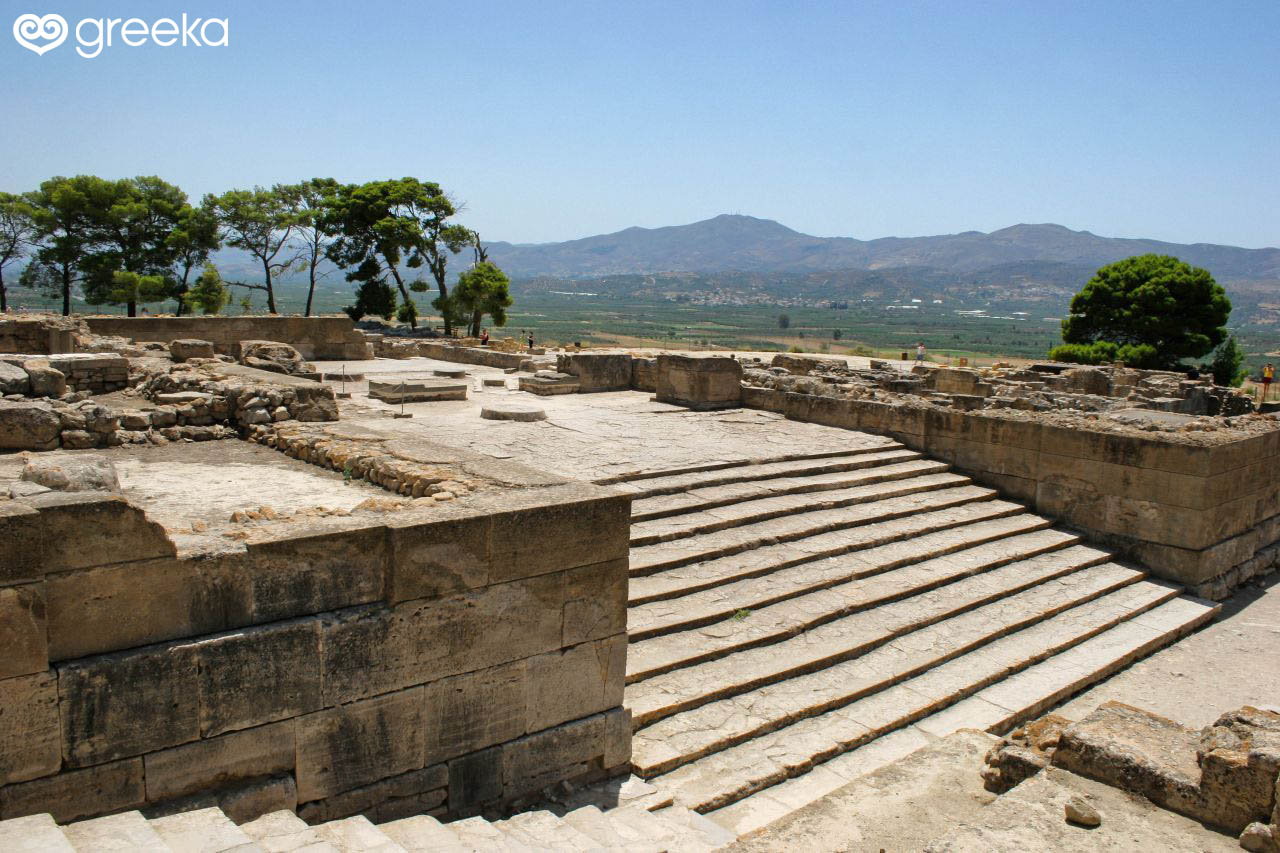
History of Crete island, Greece Greeka
Minos obtained the Cretan throne by the aid of the Greek god Poseidon, and from Knossos (or Gortyn) he gained control over the Aegean islands, colonizing many of them and ridding the sea of pirates. He married Pasiphae, the daughter of Helios, who bore him, among others, Androgeos, Ariadne, and Phaedra, and who was also the mother of the Minotaur.

Exploring Greek Island of Crete And Its Famous Mythology! I love tripping! Travel Blog Influence
1. Archaeological site of Knossos A must-see sight in Crete, Knossos has been named Europe s oldest city and is the largest site in Crete. Steeped in fascinating stories of Greek myths, Knossos is a site to behold. The ruins are believed to have been the home to King Minos and the mythical Minotaur who was held in the city s labyrinth.
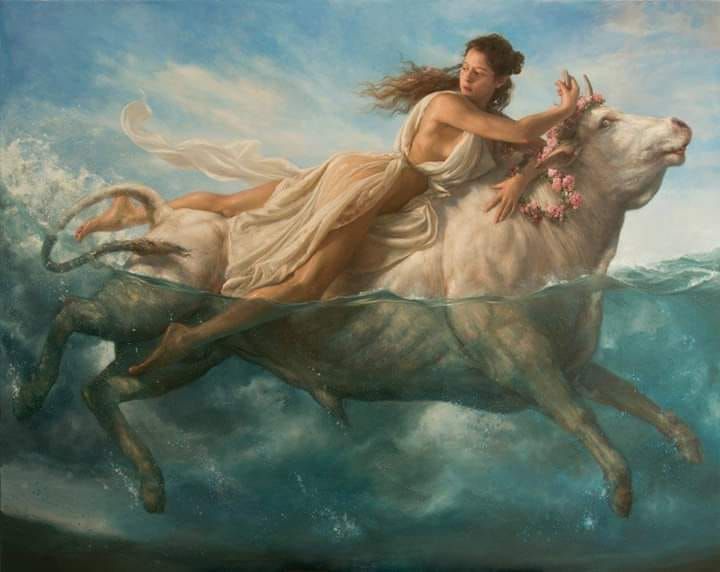
Crete mythology TheHotel.gr
In Greek mythology, the name Crete ( Ancient Greek: Κρήτη) may refer to several figures, all of whom are associated with the homonymous island of Crete, and may have been considered its eponyms : Crete, daughter of Hesperus [1] and one of the Hesperides and another possible eponym of Crete. [2]

Hercules/Heracles Captures the White Cretan Bull, by Peter Connolly. (Labors of Heracles/Minos
According to Greek mythology, the first queen of Crete was Europa. Later on, Crete island became the land of King Minos. The legend is that the king refused to sacrifice a bull to the gods and Poseidon punished him by making his wife fall in love with a bull. From this union, the Minotaur was born and was hid in a labyrinth.
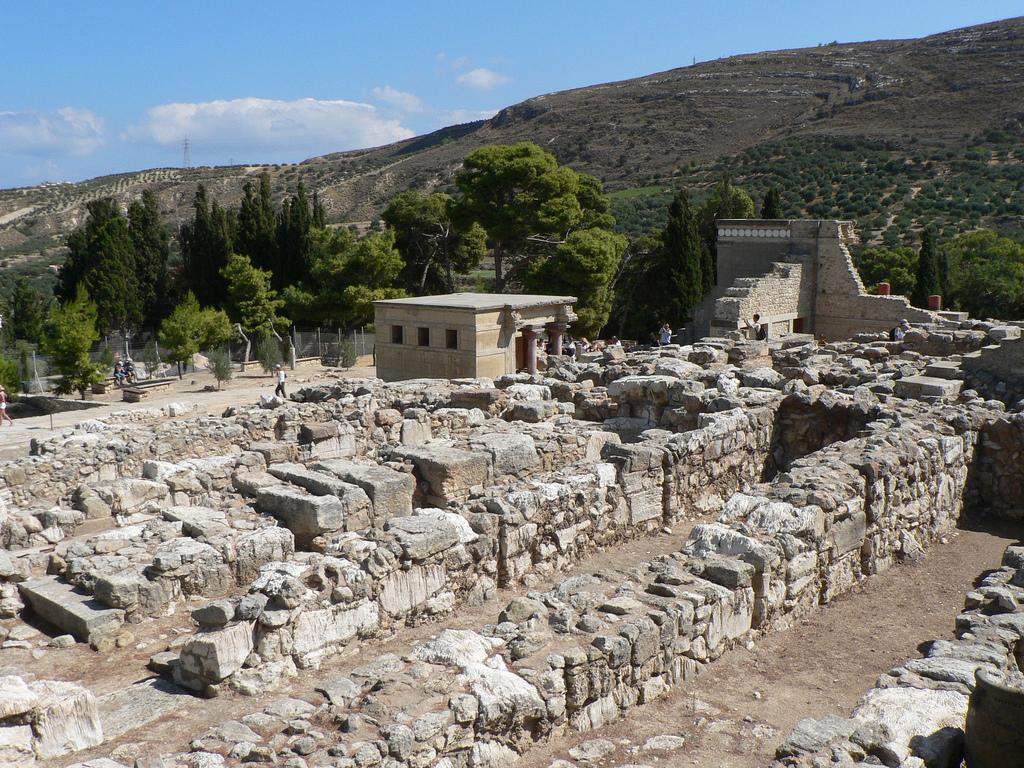
The labyrinth of Cretan Minotaur in Greece »
Minos and the Labyrinth. In Greek mythology, the labyrinth is a structure of great significance, and it is closely associated with King Minos of Crete.This section explores the fascinating story of the labyrinth and its connections to Minos and the Minotaur.. The Birth of the Minotaur. The labyrinth came into existence due to an extraordinary birth.
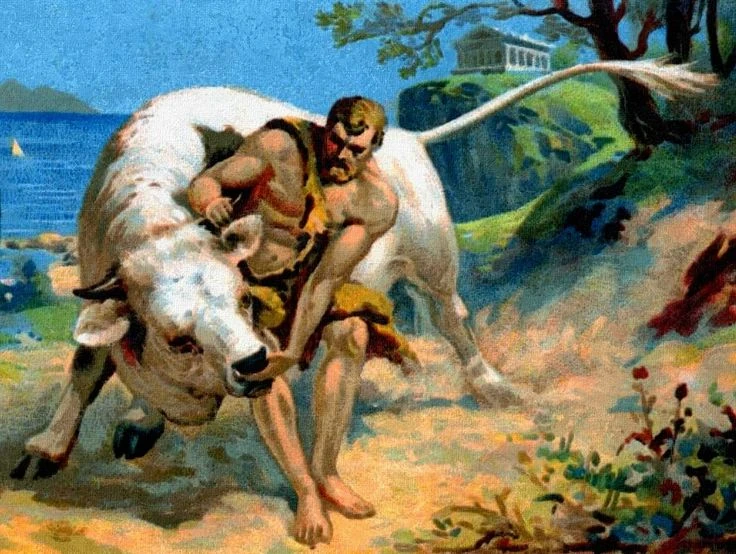
Capture the Cretan Bull Greek Myth Wikia FANDOM powered by Wikia
The park of Greek mythology is located in the village of Psychro in the Municipality of Lassithi Plateau. Near the Dikteo Cave, which according to the Myth was born Zeus, God of the ancient Greeks. Includes topics related to the tradition of Greek mythology, Minoan civilization and rural life of Crete.

A Guide to Greek Mythology on CretE Fitting in Adventure
Crete offers a rich history of Greek Mythology. Home to Europe's last Leper colony (1903-57). Offers the clearest coastline in Europe. The water is so clear that you can view it 40-meters down. Heraklion (capital of Crete) is home to Greece's second-largest wine-producing zone. Hippocrates said the island's air does miracles and heals the sick.
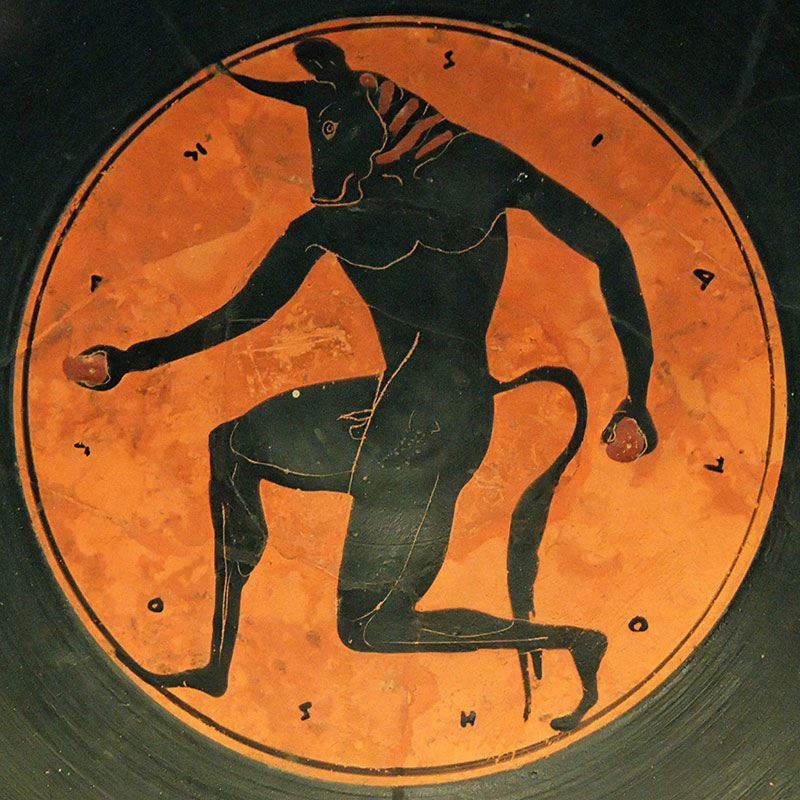
Knossos In Crete The Birth of the Cretan Civilization
Minotaur, in Greek mythology, a fabulous monster of Crete that had the body of a man and the head of a bull. It was the offspring of Pasiphae, the wife of Minos, and a snow-white bull sent to Minos by the god Poseidon for sacrifice. Minos, instead of sacrificing it, kept it alive; Poseidon as a punishment made Pasiphae fall in love with it.

Customized Mythology Tours to Cycladed and Crete Kids Love Greece
Ancient Greek Gods and Their Connection to Crete 24/05/2021 The mightiest of all the twelve Olympian gods of Greece, Zeus, calls Crete his birthplace. The twin gods, Apollo and Artemis, came to be on the small Paximadia islets on the southern coast of Crete according to local mythology, albeit Hesiod puts them on Delos.
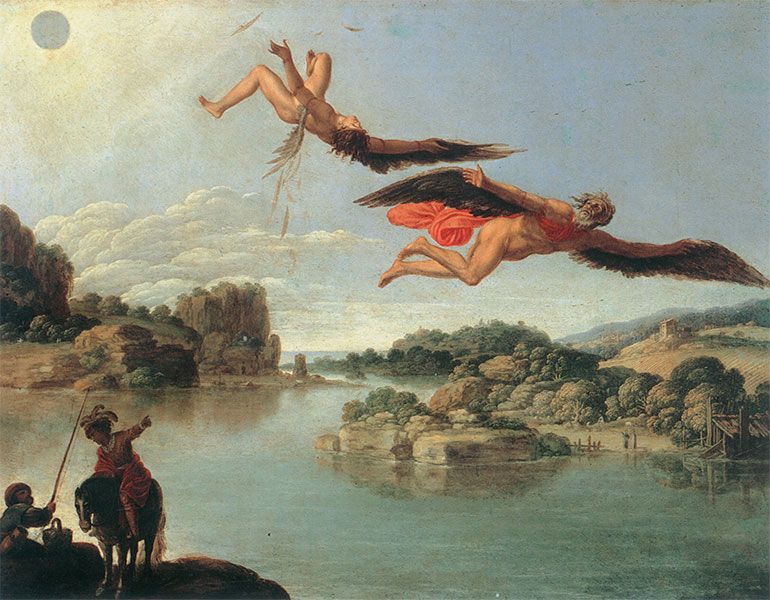
Crete mythology TheHotel.gr
Crete is the largest island in Greece and has been the backdrop for a number of stories of ancient Greek mythology. Zeus' Birth Zeus, the king of gods and men, was born in a cave in Greece and was raised by a goat, Amalthea. It was also in the nearby islets of Paximadia that the twins Artemis and Apollo were born.
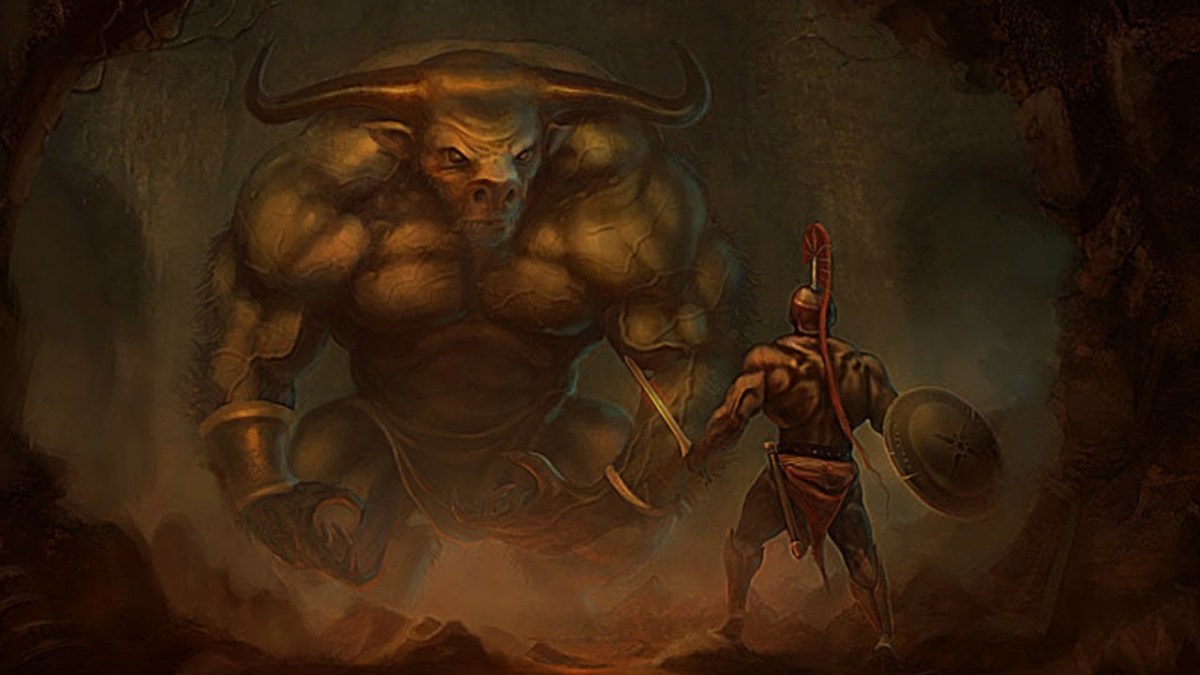
Legend of the Minotaur LetterPile
( Cabinet des Médailles, Paris) In Greek mythology, Talos, also spelled Talus ( / ˈteɪlɒs /; [1] Greek: Τάλως, Tálōs) or Talon ( / ˈteɪlɒn, ən /; Greek: Τάλων, Tálōn ), was a giant automaton made of bronze to protect Europa in Crete from pirates and invaders. He circled the island's shores three times daily. Narrative

Ancient Greek Gods and Their Connection to Crete The Syntopia Blog
The Caves of Crete. In total Crete has around 3,000 caves, several of which can be associated with Greek mythology and can still be visited today. Diktian Cave - This cave is considered the most famous as it is said to be the birthplace of Zeus. Cave of Ilithia - Known to be the birthplace of the goddess of birth, Illithia.

The island of Crete is unique in the sheer number of gods myths, legends, and proven history
According to mythology, the great god Zeus was born in Crete. His father, Cronos, had learned that he was destined to be overcome by his own sons, as he had overcome his own father Uranus. Because of this, when his children were born he devoured them immediately.